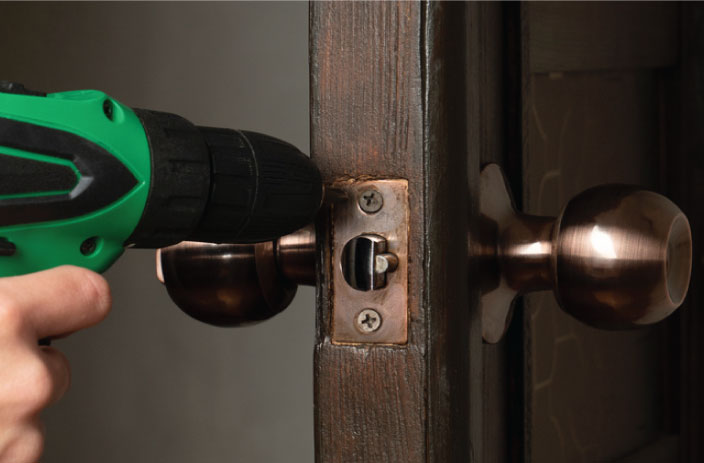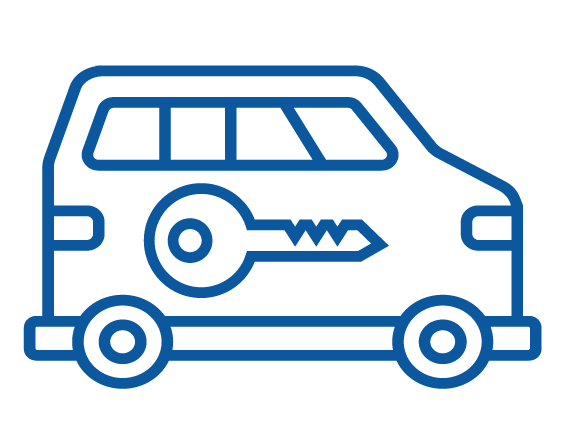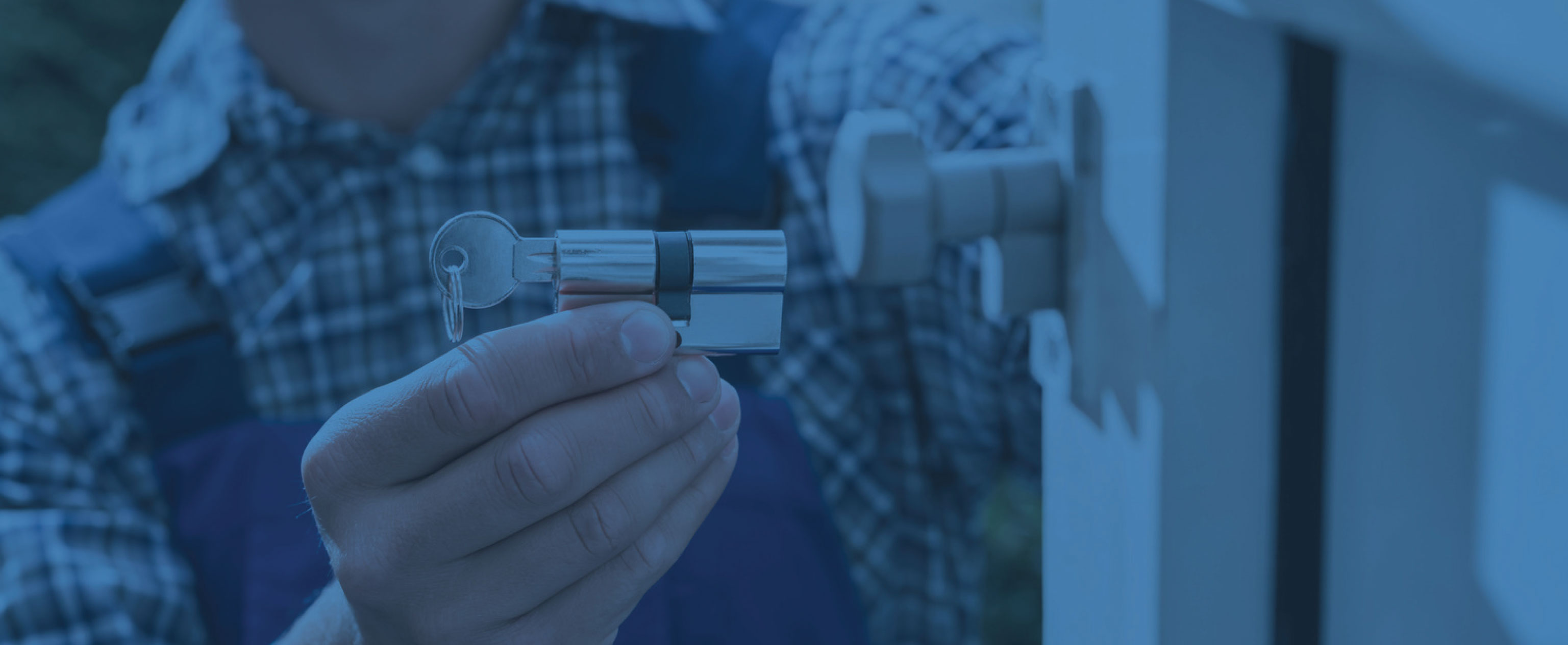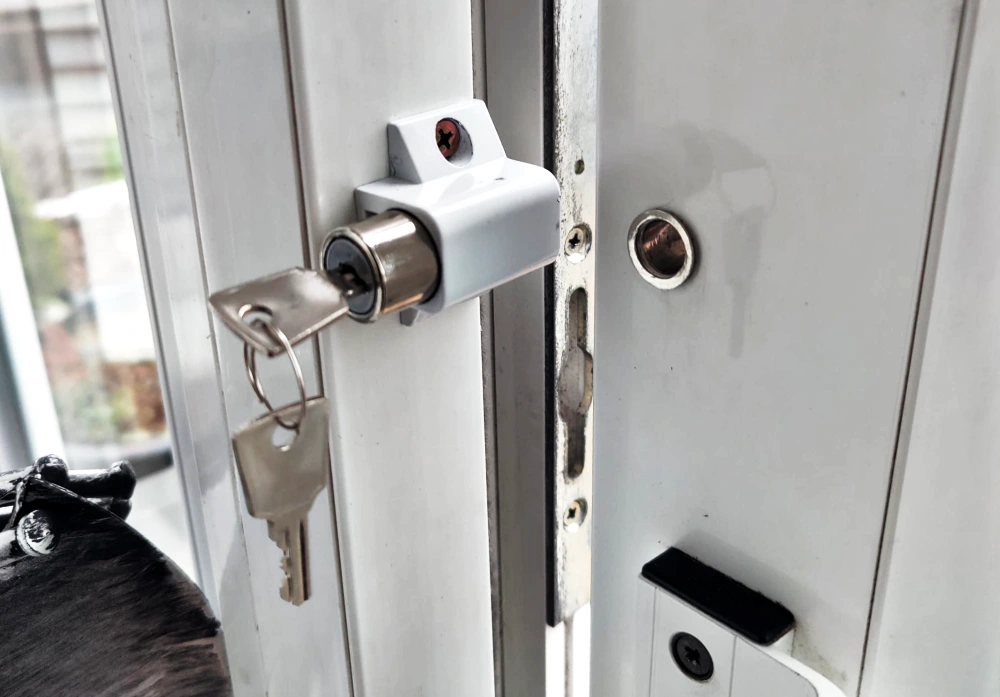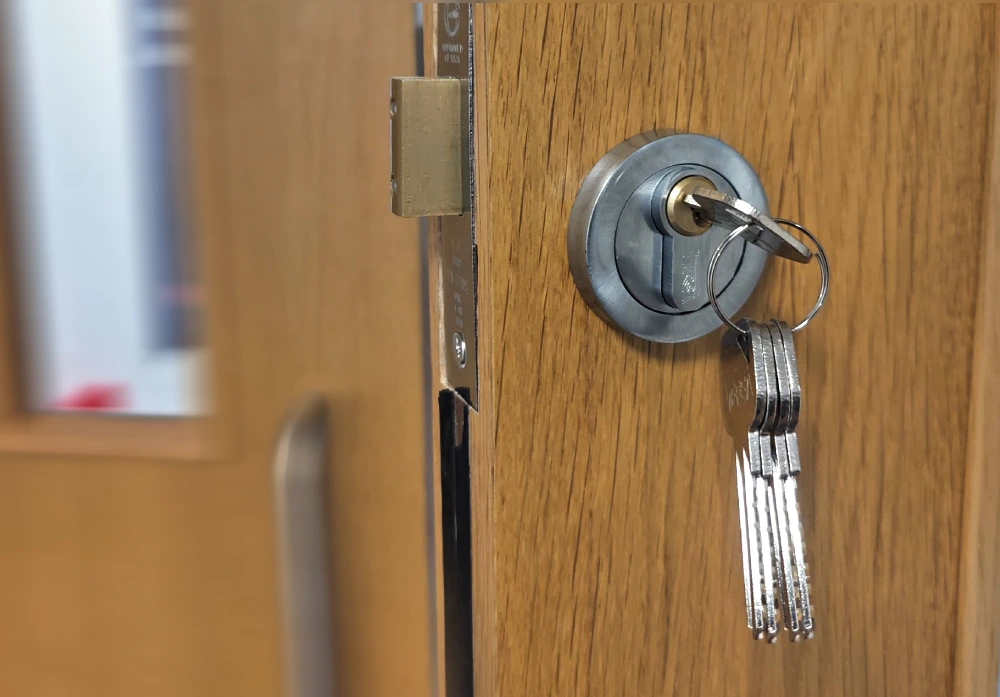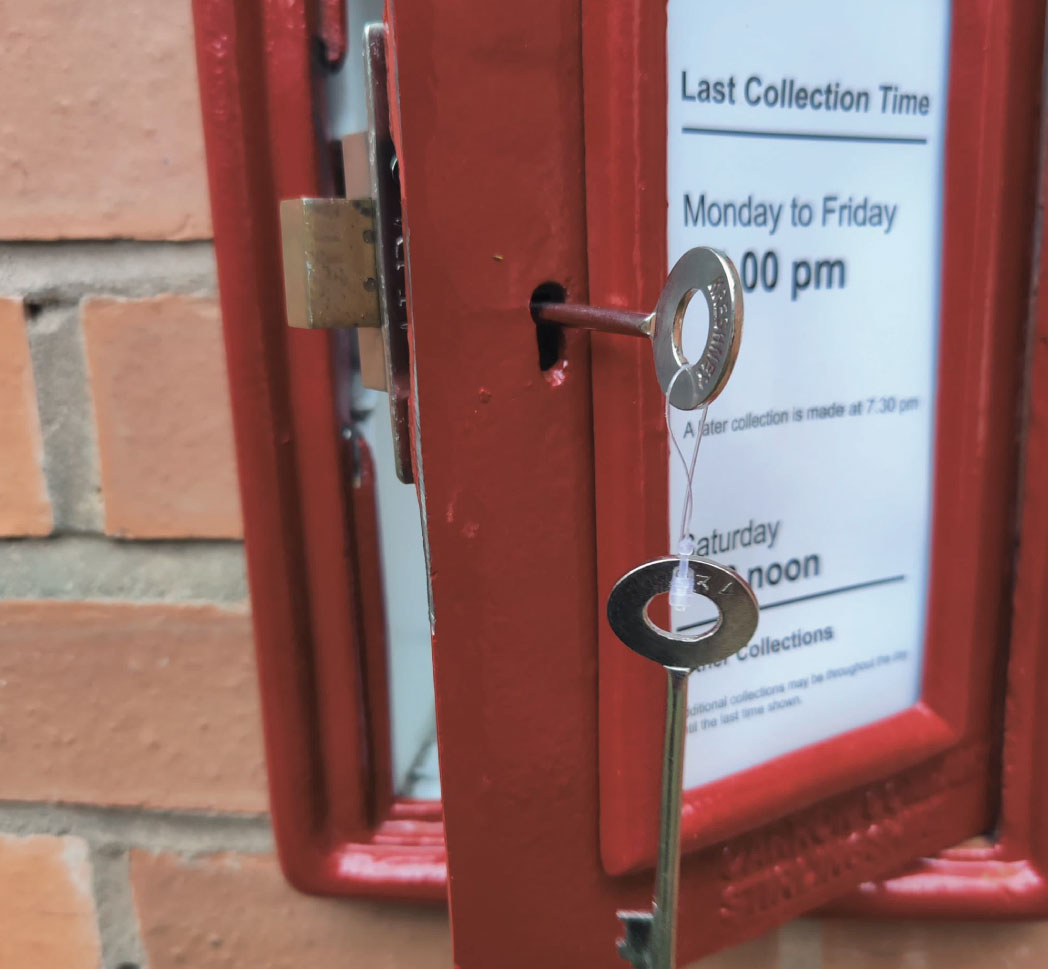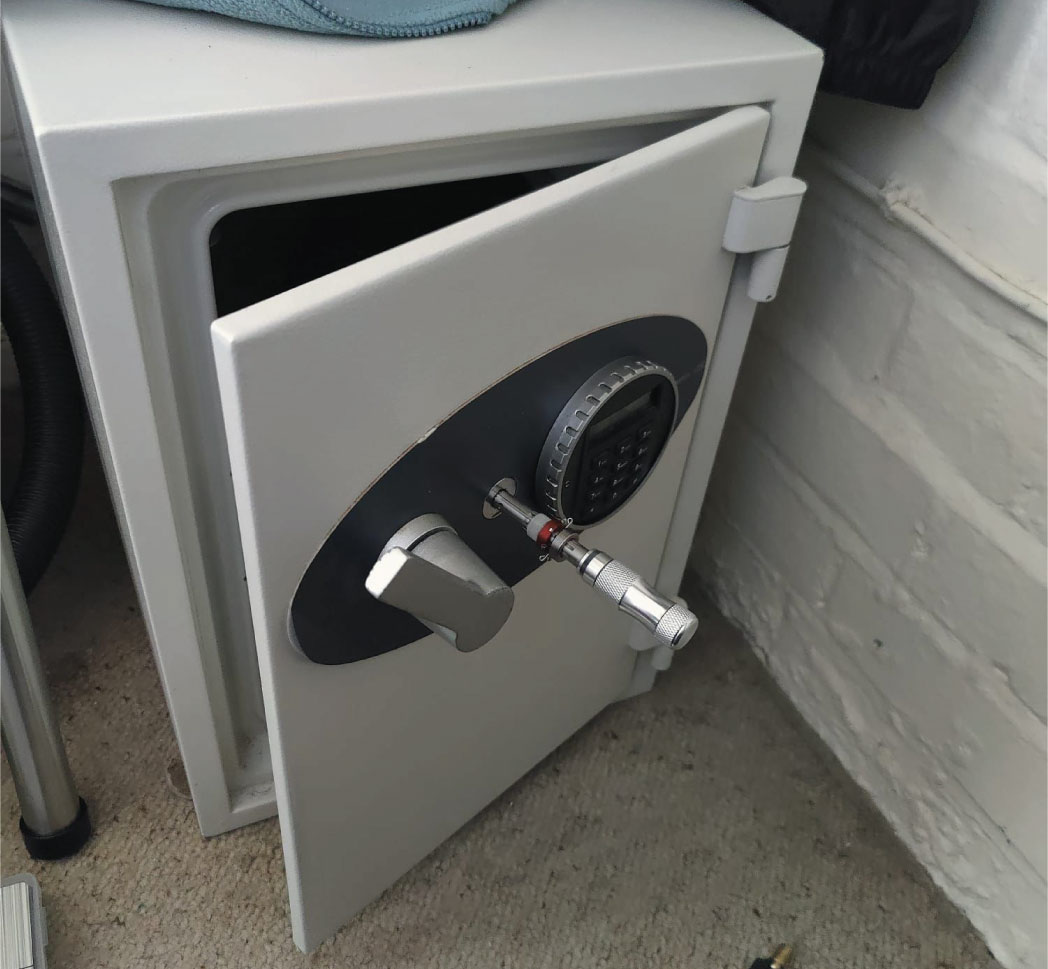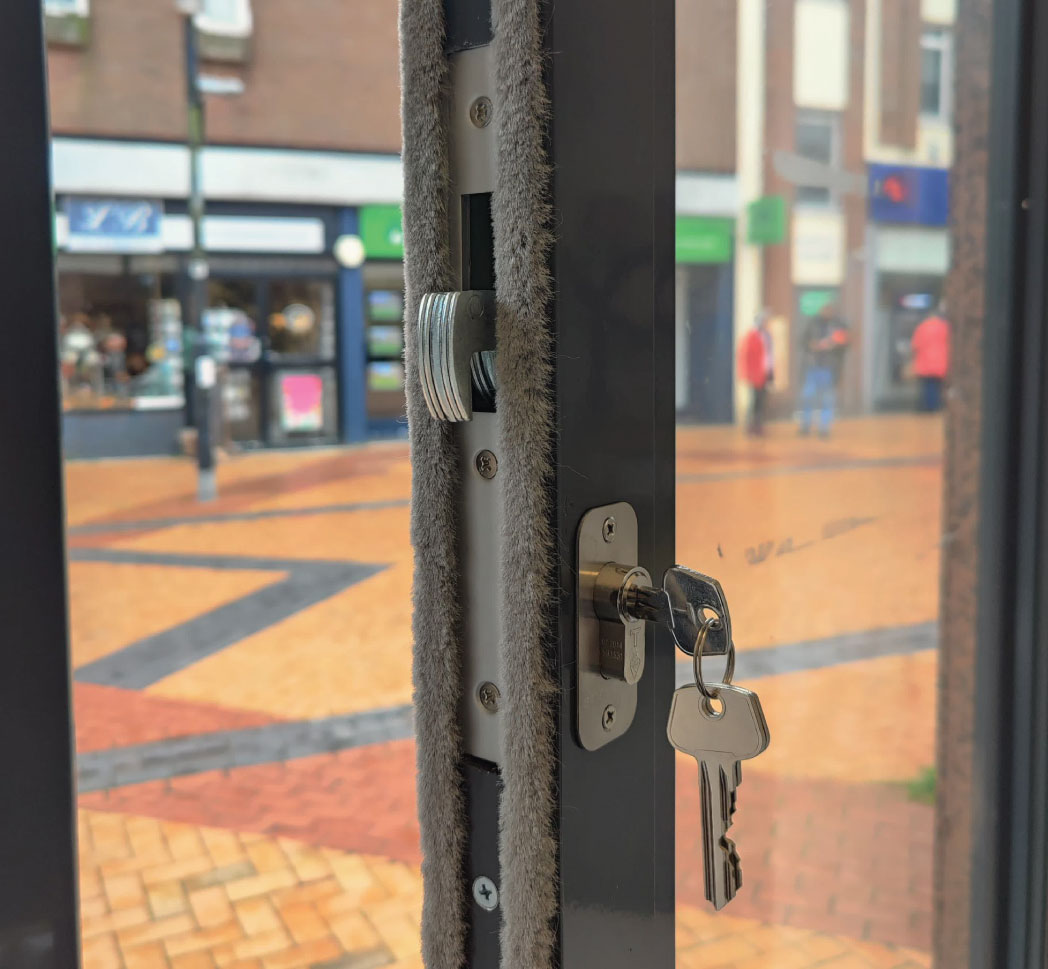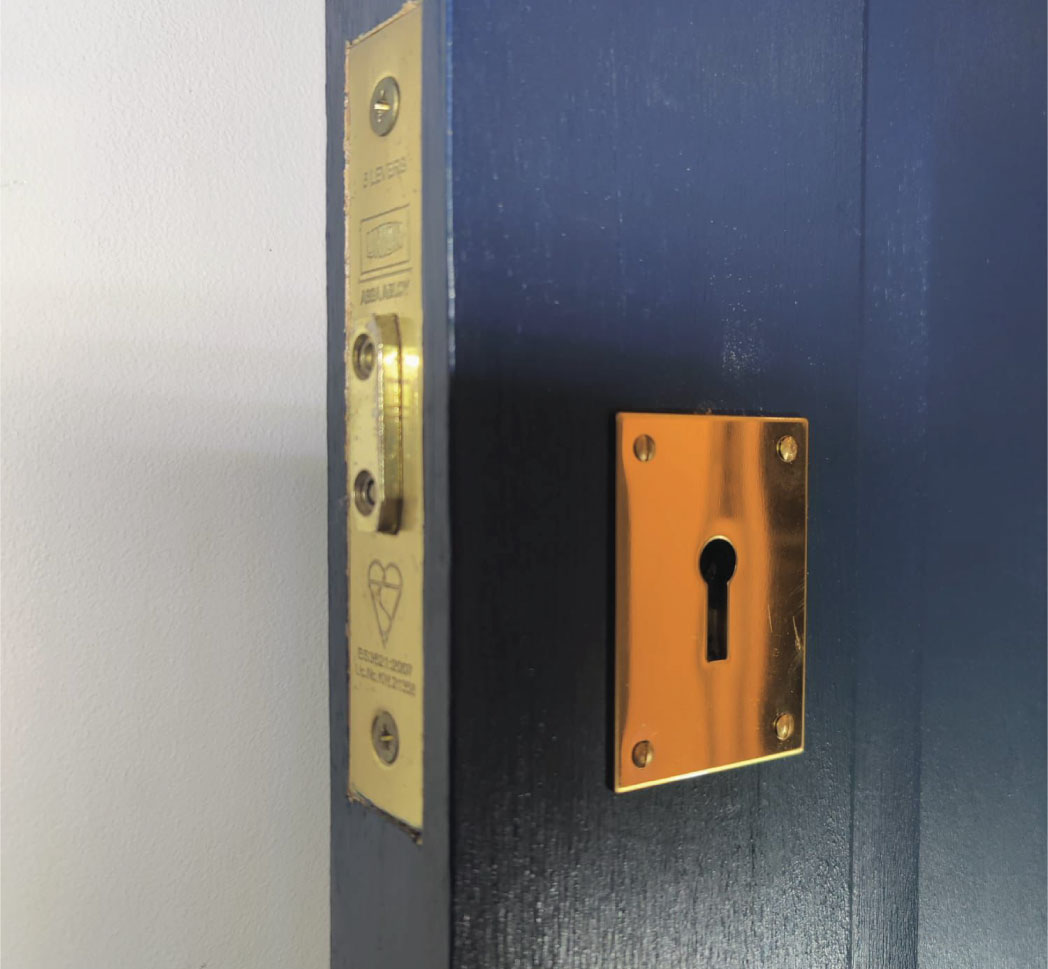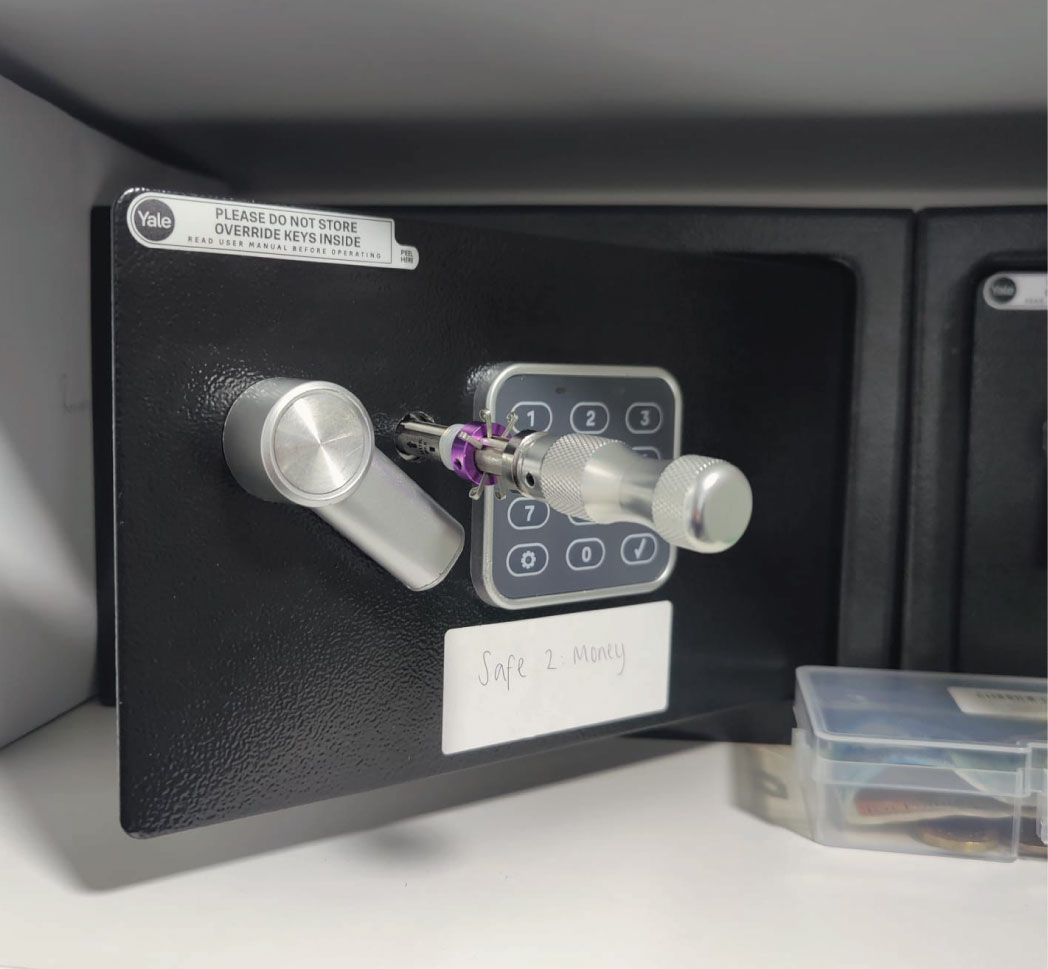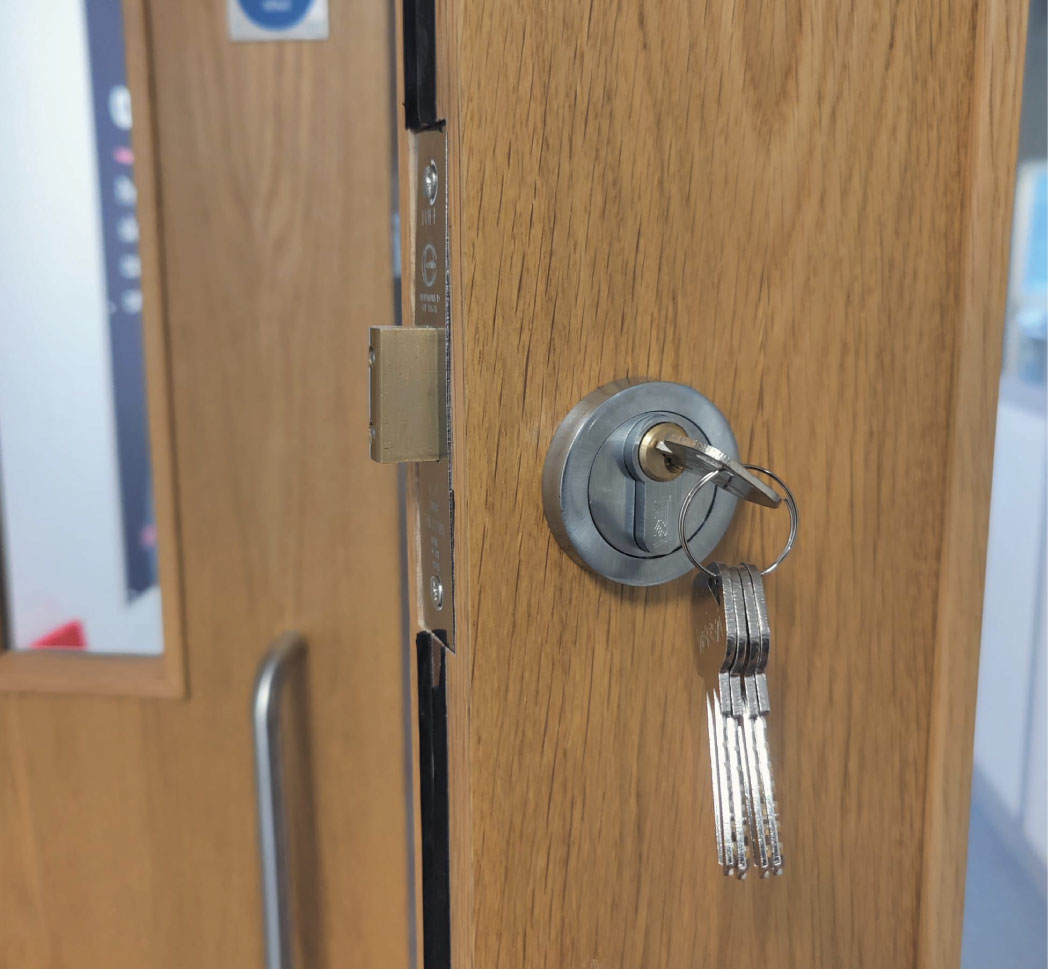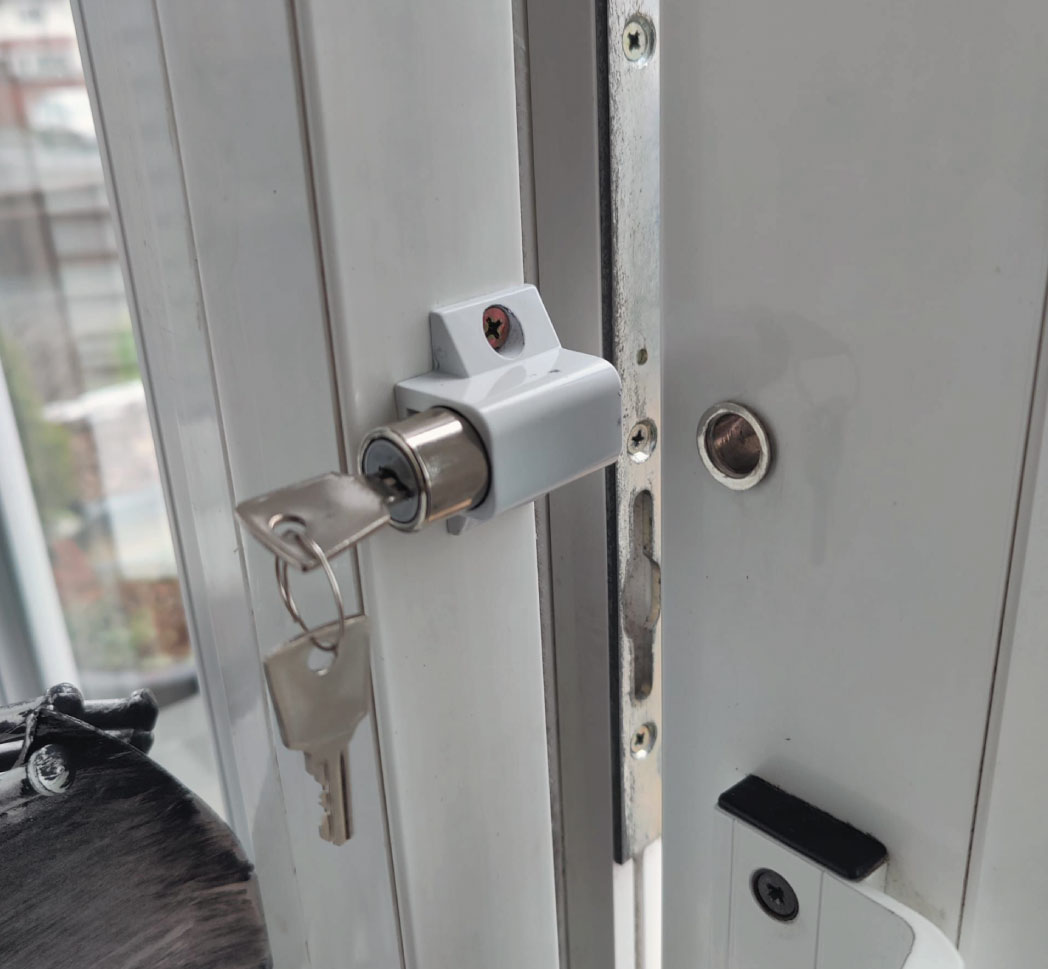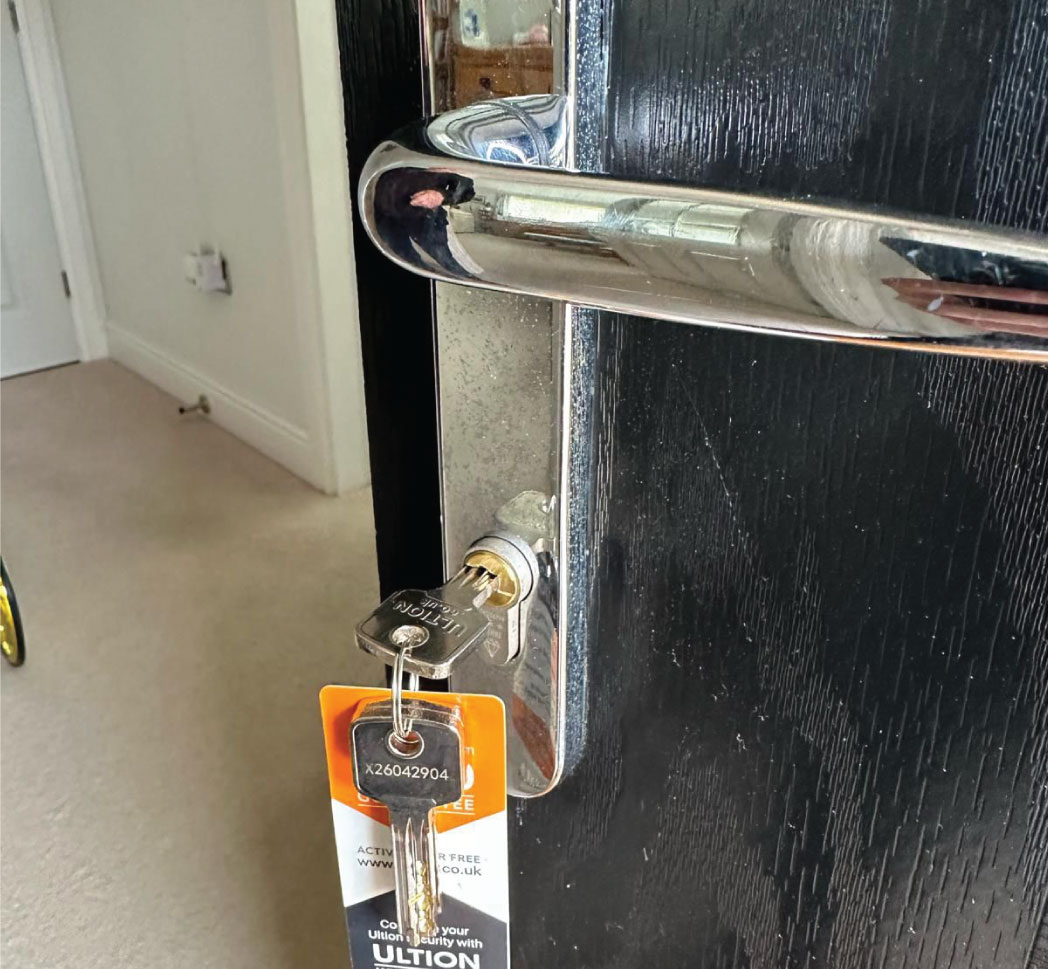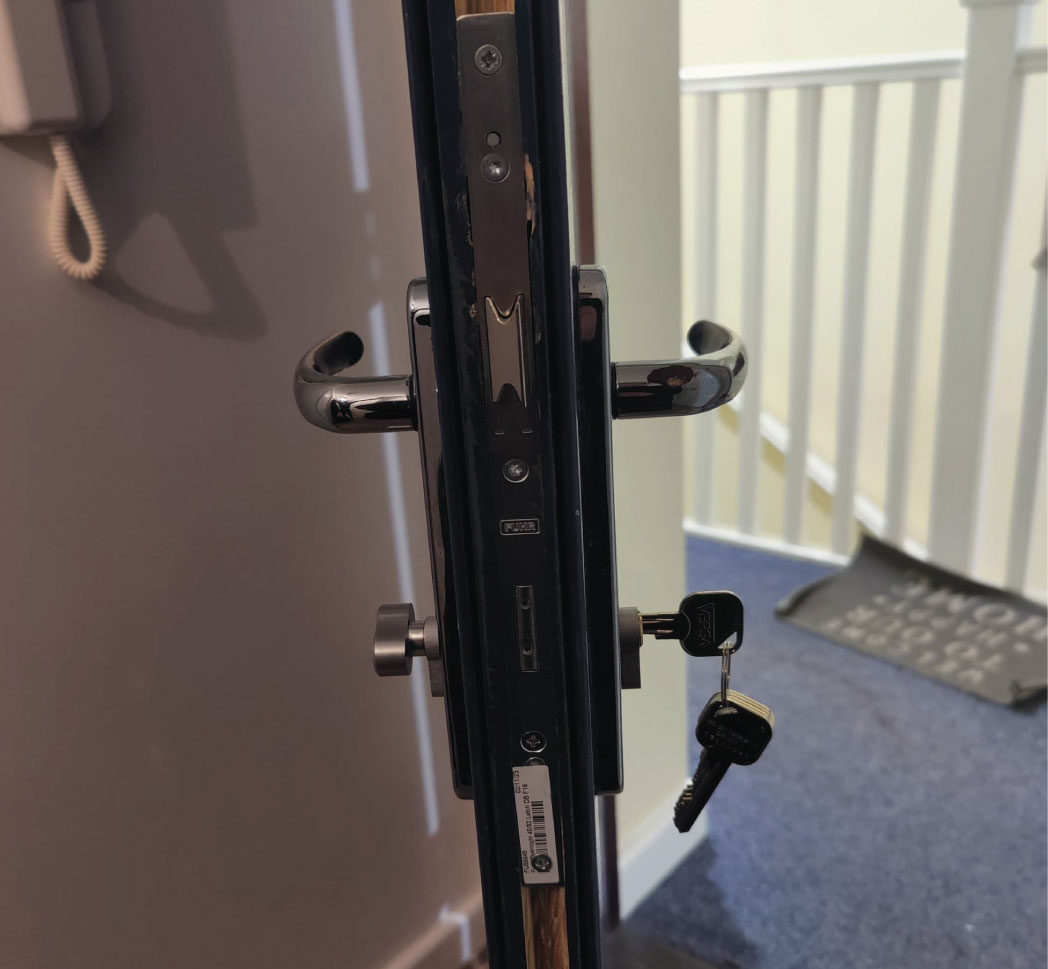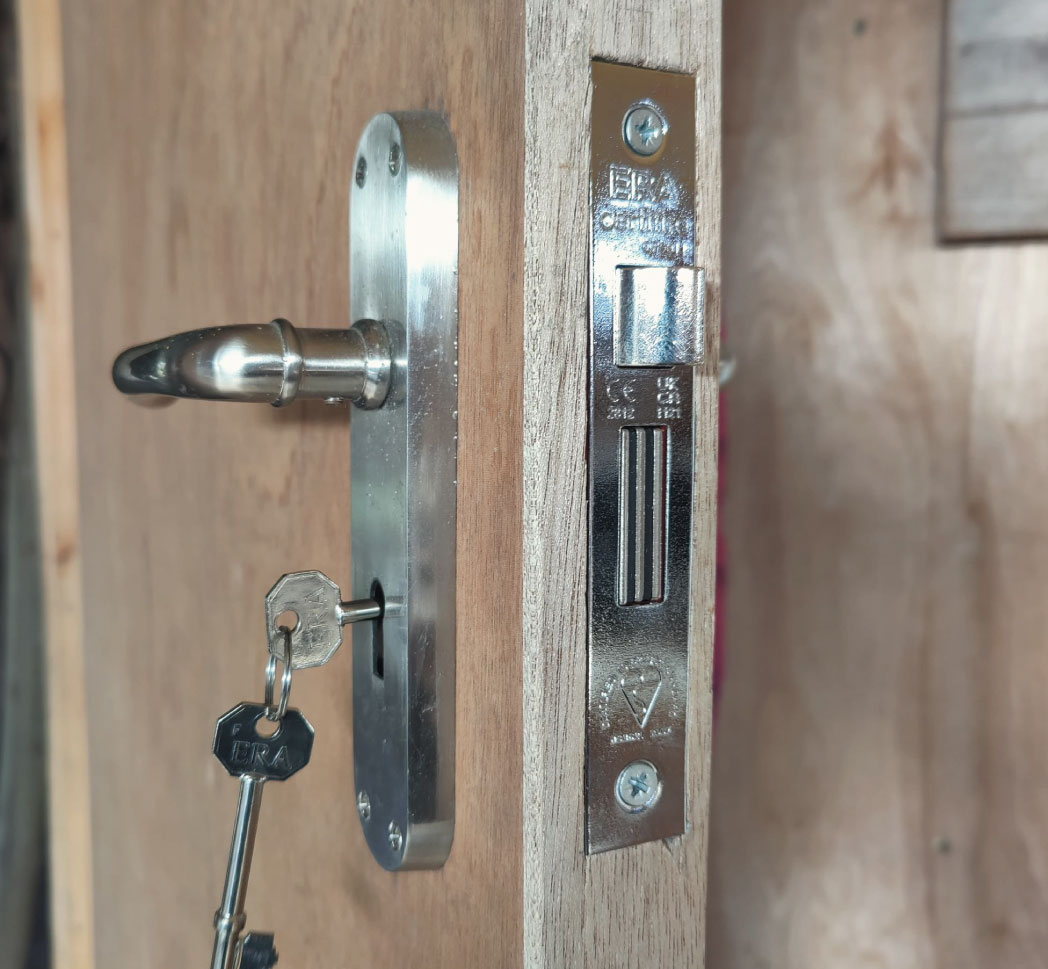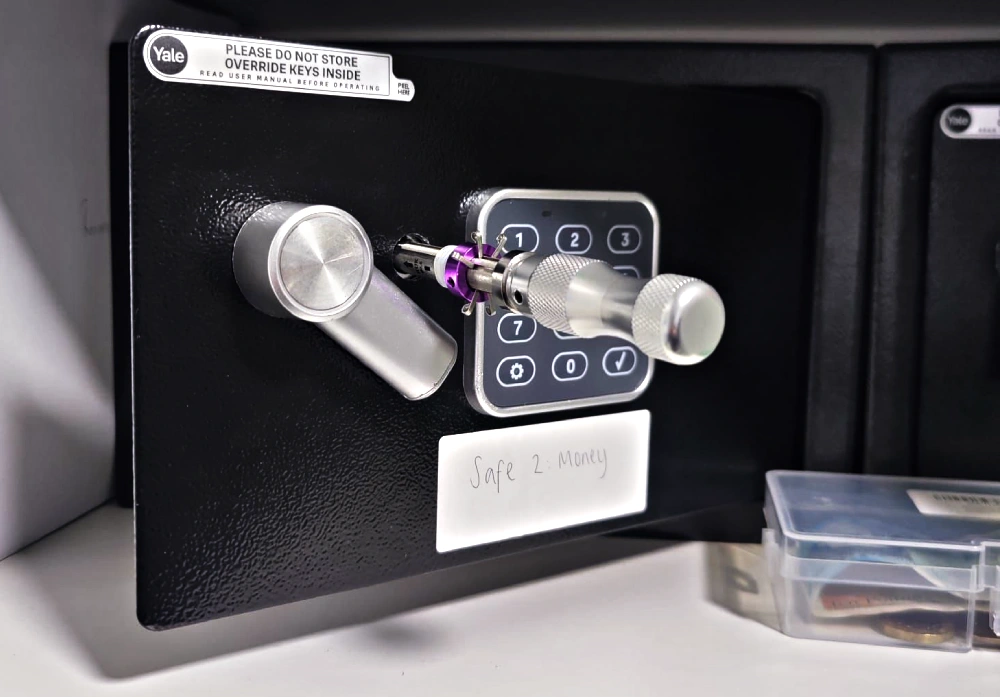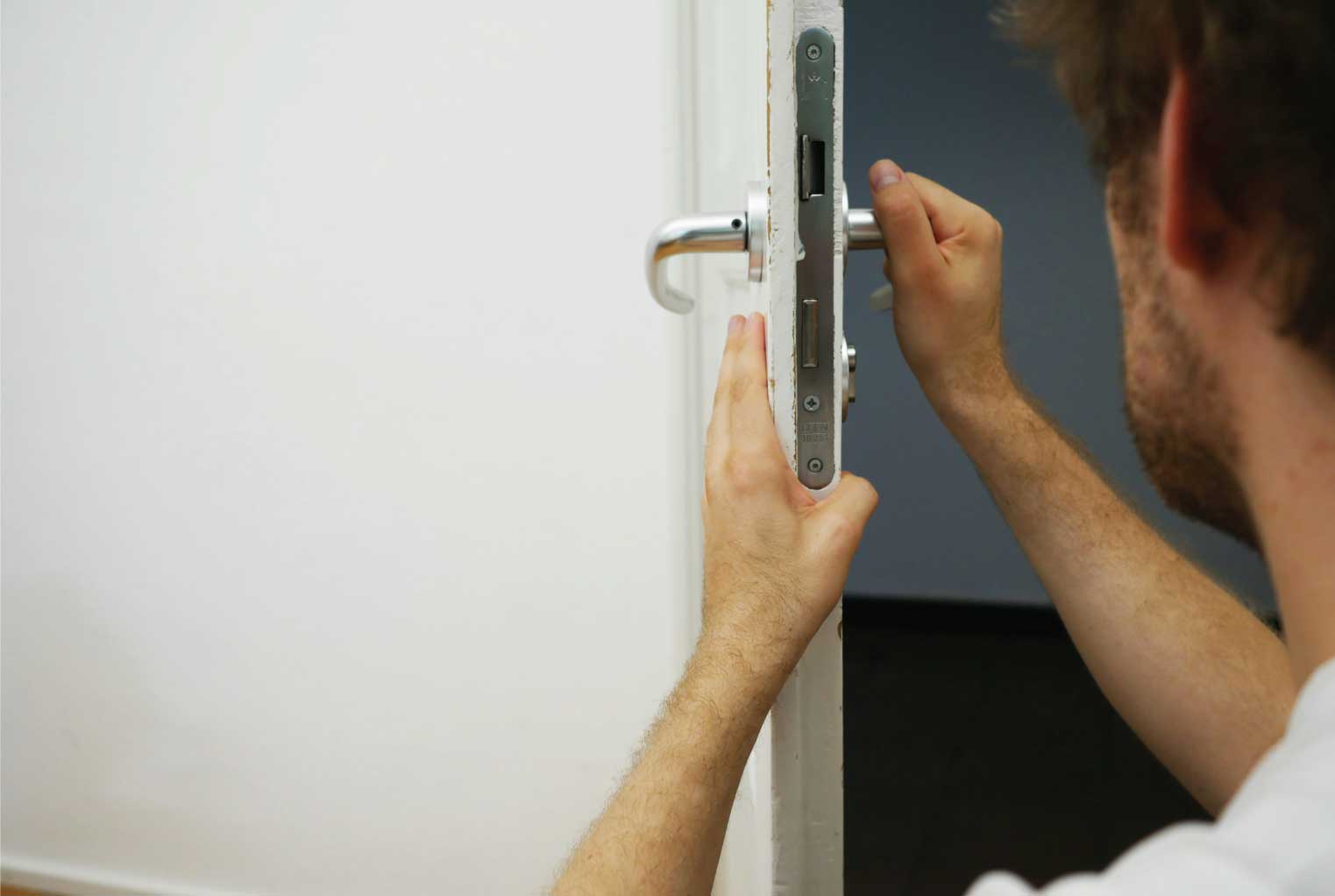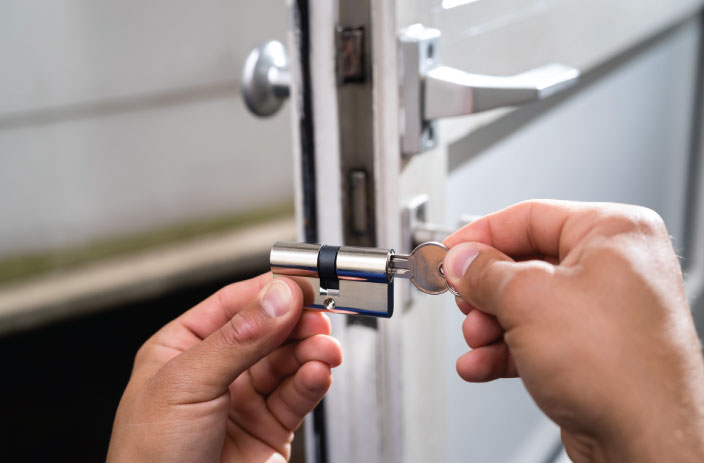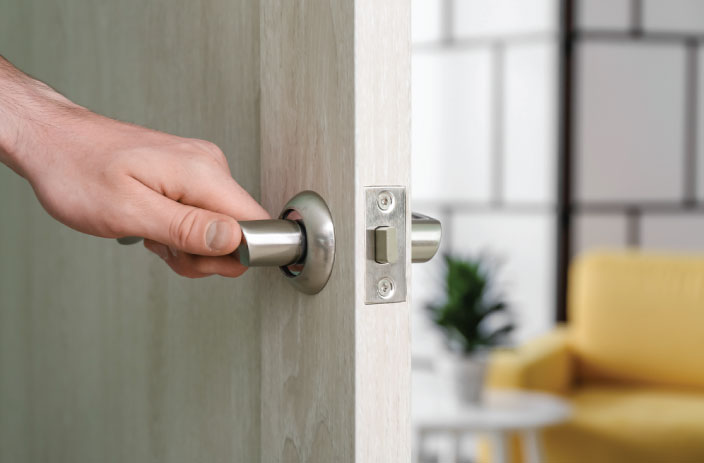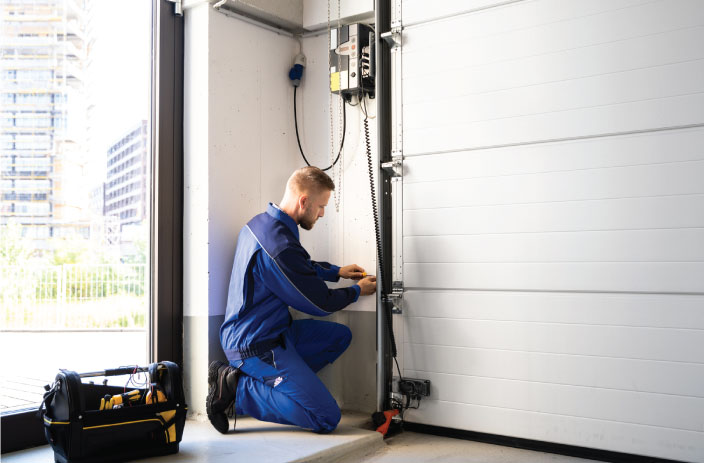At 247 Door Locksmiths, we believe that fixing a lock is only part of the job — empowering our customers with knowledge is just as important. Below, we break down the inner workings of locks, common repair tools, environmental impacts, and how to extend the life of your locks — all backed by trusted, high-authority sources.
Understanding how locks function can help you recognise problems before they become emergencies. Most residential locks use a pin tumbler mechanism — a series of spring-loaded pins that must align perfectly to allow the plug to rotate. Over time, these pins can wear down or become misaligned, causing keys to stick or locks to jam.
Want to dive into the mechanics? Check out this clear, illustrated breakdown of how tumbler locks work (https://subtledigs.com/blogs/resources/how-a-tumbler-lock-works).
Tools of the Locksmith Trade
When a lock needs repair, the tools used can make all the difference. From pick sets and tension wrenches to plug followers and cylinder removal tools, professional locksmiths carry a precise arsenal to get the job done without unnecessary damage.
See a breakdown of essential lock repair tools and what they’re used for . (https://www.locksmithledger.com/keys-tools/article/21251762/tools-of-the-trade)
How Weather Affects Your Locks
Locks aren’t just mechanical — they’re environmental. Changes in temperature, humidity, and even salty sea air can corrode parts, cause expansion in materials, and weaken springs or pins. In colder months, frozen locks become a major repair issue, especially on exterior doors or garages.
Learn how weather impacts different types of door locks and what to do about it .(https://www.gatemasterlocks.com/the-impact-of-temperature-on-locks-unravelling-the-mysteries-of-security/)
Preventive Maintenance: The Key to Longer-Lasting Locks
Regular maintenance is crucial to ensure the longevity and optimal performance of your locks. Over time, dirt, debris, and environmental factors can degrade lock mechanisms, leading to malfunctions or failures. By adopting simple maintenance practices, you can prevent common issues and enhance your property's security.
Best Practices for Lock Maintenance
Clean the Lock Mechanism: Dirt and grime can accumulate within the lock, causing it to stick or jam. Use a mild cleaner and a soft cloth to gently clean the exterior and interior components.
Lubricate Regularly: Applying a suitable lubricant reduces friction within the lock mechanism, ensuring smooth operation. It's advisable to lubricate your locks at least once a year.(https://www.insight-security.com/lock-maintenance-what-you-need-to-know)
Inspect and Tighten Hardware: Regularly check for loose screws or misaligned strike plates, as these can affect the lock's functionality. Tightening and realigning components can prevent potential issues.
For a comprehensive guide on maintaining your door locks, refer to this article on proper door lock maintenance. (https://www.angi.com/articles/6-keys-proper-door-lock-maintenance.htm)

